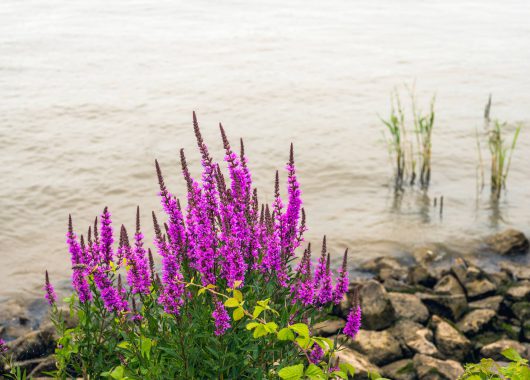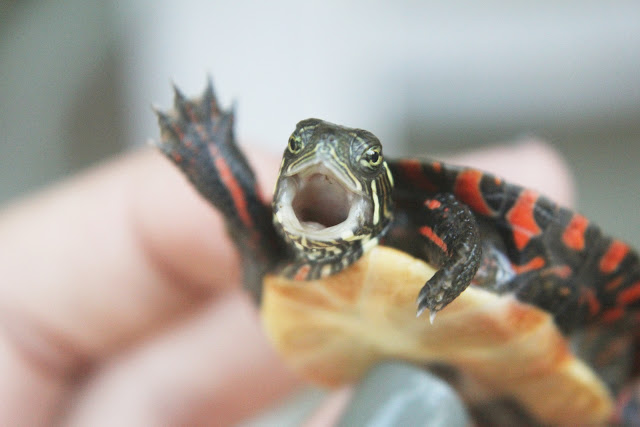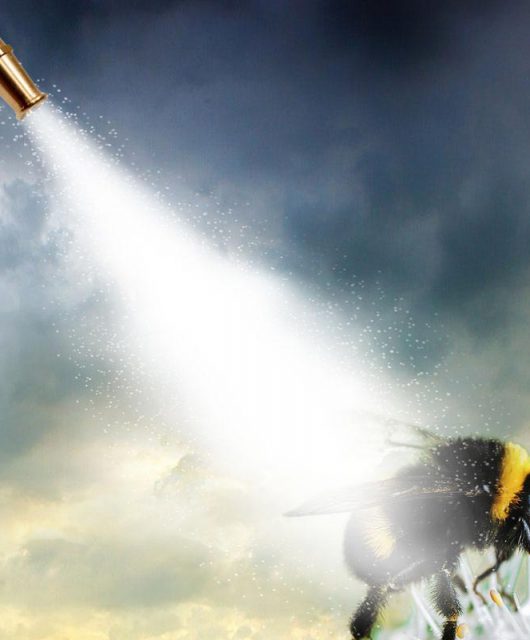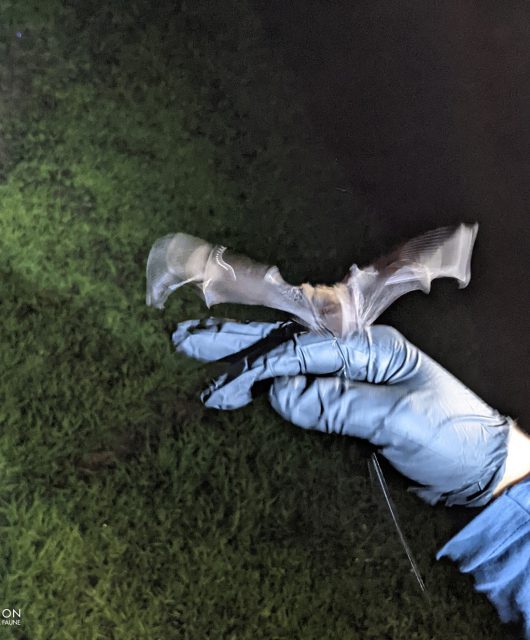When non-native animals, plants and organisms enter a new region due to human activities, they become alien species.
If these species begin to flourish at the expense of native ones, they turn invasive, often causing the decline or extinction of local species.
Research shows that 60 per cent of global extinctions are linked to invasive alien species, with 16 per cent of these extinctions solely due to these invaders. This makes invasive species a major threat to biodiversity, second only to habitat loss, according to the World Conservation Union. In 2019 alone, they drained $423 billion from the global economy, affecting trade, agriculture, forestry, fishing and property values.
And the problem is only getting worse. If left unchecked, the number of alien species will increase by 36 per cent compared to 2005 levels.
Unfortunately, these invaders are hard to eliminate. They reproduce quickly, lack natural predators, and adapt well to new environments making them formidable foes.
What Can You Do?

Do pick native plants for your garden. Opt for plants that are native to your region when you can. Native plants support local wildlife, require less maintenance and are less likely to become invasive.
Do clean your boots after hiking. Before leaving a trail, clean your boots thoroughly to remove seeds or soil that could harbor invasive species. Even tiny hitchhikers can spread and taken root in new environments, so be diligent about removing any debris.
Don’t release pets into the wild. Pets like Red-eared Sliders and aquarium fish may seem harmless, but once released, they can become invasive and outcompete native species. If you can’t take of a pet any longer, find a new home for them before instead of releasing it.
Do clean off your boat before you enter a different waterway. Aquatic invasive species can hitch a ride on boats, trailers and gear. Before you move your boat to a new body of water, clean, drain and dry all equipment to prevent the spread of invasive species.




